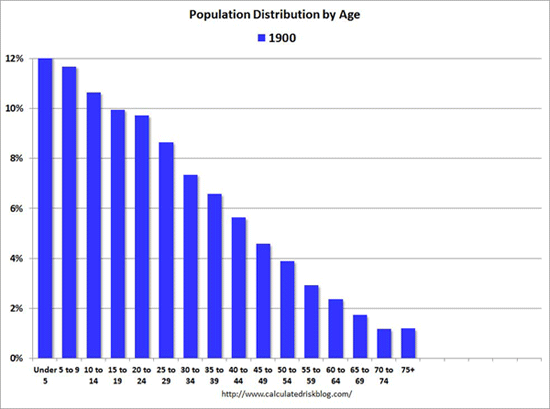This Flickr site would be pretty cool if it weren’t so depressing. Who am I kidding? It’s REALLY cool despite being depressing. Almost every major metropolitan area in the United States is incredibly segregated.
Partly, this is because like calls to like, sure, but that doesn’t tell the whole story. I’ve seen white flight first hand. I’ve seen gentrification (which is a polite word for rich white people kicking out poor colored people) first hand. I’ve seen property taxes rise disproportionately higher in poor areas with little justification. These issues can’t be blamed on like calling to like.
There are no easy answers to these problems. Heck, I can’t even come up with good questions to address the problem. All I know is we’ve now had 50+ years of cramming poor people into low rent high rises with disastrous results. Most cities seem to realize this, but the answers are often tearing down the high rises and leaving the poor with no place to go but the suburbs. This is not a step in the right direction.
We need local laws that require landlords to set aside 10% or so of their units for subsidized housing. We need to stop being able to tax people out of their homes. We need to repeal the property tax and find some other ways to raise the lost revenue. We need to do…something. Because those maps don’t just represent an awesome blend of statistical analysis and data visualization. They also represent a serious social failure.
